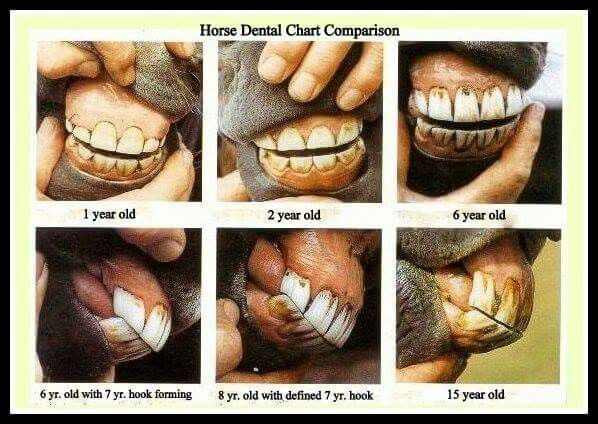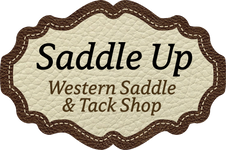Aging Your Horse - Who knew teeth would give it away?
Posted by Lynnsy Diekman - Saddle Up on Feb 3rd 2021
Did you know that adult horses have 24 Molar Teeth? Horse Anatomy is so fascinating. Did you also know you can gauge a horse's age by looking at their teeth? It is an older method, but is still used all around the world. It isn't always spot on, but knowing how to do this will help you become more knowledgeable as a horse owner. This can also help you when shopping for a new horse!
The best and most accurate way to tell a horse's age is their registration paperwork. Unfortunately, not every horse is registered. This is a helpful tool to just confirm age or get an idea on how old they really are if you can't verify with paperwork. You can also ask your vet to check out the teeth for an idea on age.
As a horse gets older, their teeth change in length, color, shape, and markings as well. A big thing to remember is young horses do loose teeth, so they can be a bit easier to identify. The shape of the incisors are very helpful in this method. For horses less than 11 years old, the lower incisors are a round/oval shape . As a horse gets older, the incisors become more of a triangle shape and then form to a rectangle. Something else to look at is the surfaces on their teeth. The surfaces of the teeth will wear down as they get older and the teeth change shapes.
There are Dark Marks on the surface called "Dental Cups". Dental Cups start to show as the horse matures to an adult. Then as the horse gets older, they go away. Older horses can also be identified by something called a "Gawayne's Groove", which is a line in the upper incisors. This line or groove appears when they are around 10 years old and gets longer as they age. When a horse reaches around 20 years old, the groove will be on the tooth top to bottom.
There are many variables in this method and most likely the findings will not be 100% accurate. Depending on that horse's backstory, it can be very difficult to tell how old they are by looking at their teeth. If the horse had an injury to their mouth, or if they have been stalled their whole life instead of out grazing, this can make the horse appear older or younger than it actually is. It is still really interesting to learn and a great technique to have in your corner. Vets are also a great resource for more precise information on aging your horse. Take a look at the chart below and maybe have some fun practicing on your horse!


(Picture credit: https://www.doctorramey.com/aging-the-horse-or-not/)
